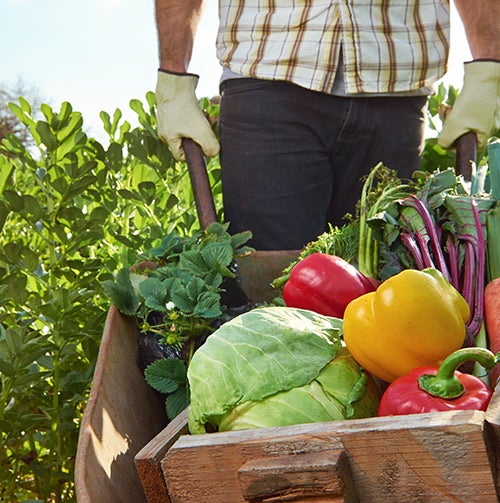Organic vs. Non-Organic

seasonal and local food
Whether there’s a real nutritional difference between organic and non-organic produce is still up in the air. Some studies say yes, others say no. In my opinion, the major reason for choosing organic fruits and vegetables has less to do with nutritional differences than it does with the relative absence of pesticides and assorted chemicals. This is especially important in foods that are heavily sprayed. The Environmental Working Group, a Washington-based non-profit organization, has identified what it calls the “Dirty Dozen” fruits and veggies, based on the analysis of close to 87,000 tests for pesticides on produce collected by the USDA and the FDA over a seven-year period. At the top of the Dirty Dozen list are peaches, followed by apples, sweet bell peppers, celery and nectarines. On the other hand, I wouldn’t much worry about bananas, kiwis, broccoli, avocado, onions and pineapples – all of which made the “least contaminated” list. (For a full listing, go to ewg.org.)
By law, organic fruit and vegetables have to be grown without synthetic pesticides, fertilizers or sludge, plus they can’t be genetically engineered or irradiated. I’d add to the list of “must buy organic” meat, eggs and milk; the organic versions are relatively free of the hormones you don’t need or want in your diet.
See alsoWhat is Organic Farming, Really?